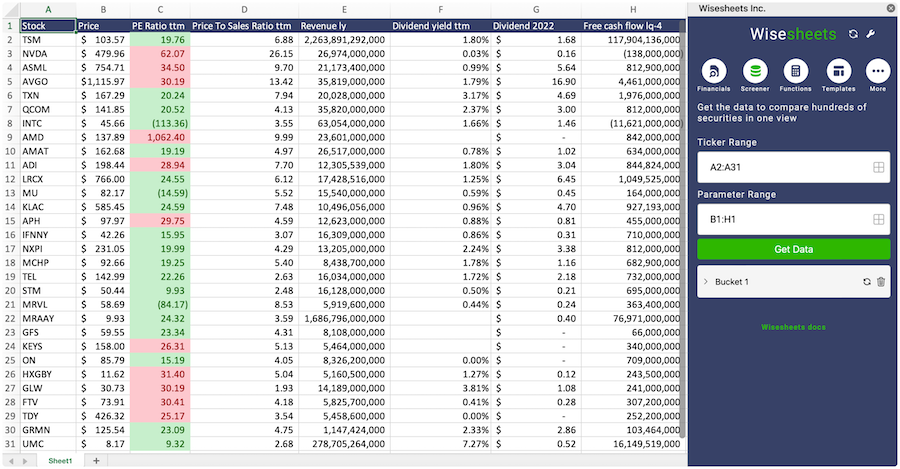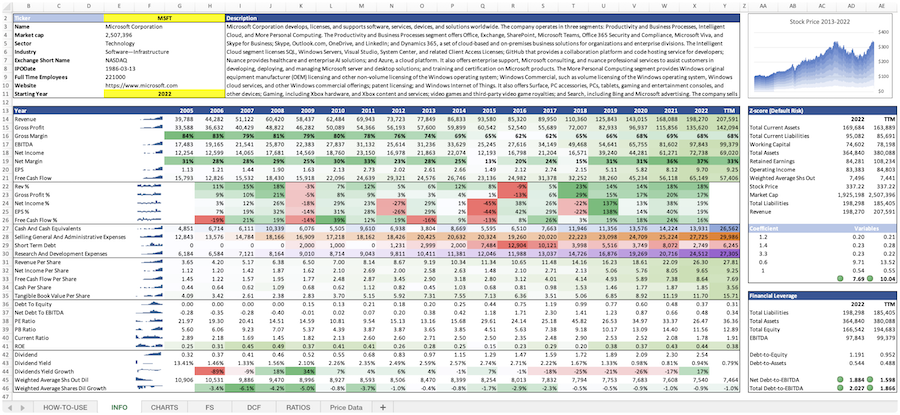ImmuneOnco Biopharmaceuticals (Shanghai) Inc.
1541.HK
Price:
$6.33
Market Cap:
$2.25B
ImmuneOnco Biopharmaceuticals (Shanghai) Inc., a biotechnology company, focuses on the development of immuno-oncology therapies. Its lead product candidate is IMM01, a clinical-stage CD47-targeted molecule for the treatment of myelodysplastic syndromes (MDS), acute myeloid leukemia (AML), chronic myelomonocytic leukemia (CMML) classical Hodgkin lymphoma (cHL), non-small cell lung cancer (NSCLC), small cell lung cancer (SCLC), head and neck squamous cell carcinomas (HNSCC), and colorectal cancer (CRC). It also develops IMM0306, a CD47×CD20 bispecific molecule for the treatment of R/R B-cell non-Hodgkin lymphoma (B-NHL); IMM2902, a CD47×HER2 bispecific molecule for the treatment of HER2-positi...[Read more]
Industry
Biotechnology
IPO Date
2023-09-05
Stock Exchange
HKSE
Ticker
1541.HK
PE Ratio
[-6.81]
ROE
[-49.89%]
Current Ratio
[3.33]
Dividend Yield
[0%]
Enterprise Value
[2.00B]
Dividend History
The PE Ratio as of December 2025 (TTM) for ImmuneOnco Biopharmaceuticals (Shanghai) Inc. (1541.HK) is -6.81
According to ImmuneOnco Biopharmaceuticals (Shanghai) Inc.’s latest financial reports and current stock price. The company's current PE Ratio is -6.81. This represents a change of -8.49% compared to the average of -7.44 of the last 4 quarters.
ImmuneOnco Biopharmaceuticals (Shanghai) Inc. (1541.HK) Historical PE Ratio (quarterly & annually)
How has 1541.HK PE Ratio performed in the past?
The mean historical PE Ratio of ImmuneOnco Biopharmaceuticals (Shanghai) Inc. over the last ten years is -13.92. The current -6.81 PE Ratio has changed 4.79% with respect to the historical average. Over the past ten years (40 quarters), 1541.HK's PE Ratio was at its highest in in the December 2024 quarter at -3.07. The PE Ratio was at its lowest in in the December 2023 quarter at -12.15.
Average
-13.92
Median
-12.03
Minimum
-25.83
Maximum
-5.79
ImmuneOnco Biopharmaceuticals (Shanghai) Inc. (1541.HK) PE Ratio by Quarter and Year
Discovering the peaks and valleys of ImmuneOnco Biopharmaceuticals (Shanghai) Inc. PE Ratio, unveiling quarterly and yearly fluctuations to gain insights into the company’s financial performance and market dynamics, offering valuable data for investors and analysts alike.
Maximum Annual Increase = 97.24%
Maximum Annual PE Ratio = -5.79
Minimum Annual Increase = -77.60%
Minimum Annual PE Ratio = -25.83
| Year | PE Ratio | Change |
|---|---|---|
| 2024 | -5.79 | -77.60% |
| 2023 | -25.83 | 61.78% |
| 2022 | -15.97 | 97.24% |
ImmuneOnco Biopharmaceuticals (Shanghai) Inc. (1541.HK) Average PE Ratio
How has 1541.HK PE Ratio performed in the past?
The current PE Ratio of ImmuneOnco Biopharmaceuticals (Shanghai) Inc. (1541.HK) is greater than its 3-year, greater than its 5-year, and greater than its 10-year historical averages
3-year avg
-15.86
5-year avg
-13.92
10-year avg
-13.92
ImmuneOnco Biopharmaceuticals (Shanghai) Inc. (1541.HK) PE Ratio vs. Peers
How is 1541.HK’s PE Ratio compared to its peers?
ImmuneOnco Biopharmaceuticals (Shanghai) Inc.’s PE Ratio is greater than Antengene Corporation Limited (-9.94), less than Jiangsu Recbio Technology Co., Ltd. (-3.29), less than Clover Biopharmaceuticals, Ltd. (-3.02), less than Hua Medicine (Shanghai) Ltd. (2.57), less than Cutia Therapeutics (-3.23), less than Medtide Inc. (0), greater than SinoMab BioScience Limited (-10.16), less than OrbusNeich Medical Group Holdings Limited (9.35), greater than AIM Vaccine Co., Ltd. (-13.65), less than HighTide Therapeutics Inc (-3.68),
| Company | PE Ratio | Market cap |
|---|---|---|
| -9.94 | $2.47B | |
| -3.29 | $2.38B | |
| -3.02 | $3.13B | |
| 2.57 | $3.03B | |
| -3.23 | $1.69B | |
| 0 | $4.25B | |
| -10.16 | $1.78B | |
| 9.35 | $2.96B | |
| -13.65 | $4.18B | |
| -3.68 | $1.50B |
Build a custom stock screener for ImmuneOnco Biopharmaceuticals (Shanghai) Inc. (1541.HK) and other stocks
One of the best ways to find valuable stocks to invest in is to build a custom made screener in your Excel or Google Sheets spreadsheet. This allows you to compare thousands of companies like ImmuneOnco Biopharmaceuticals (Shanghai) Inc. using the financials and key metrics that matter to you in a single view.
The easiest way to set this up is to use the Wisesheets add-on and set your spreadsheet like this:
Covering all these metrics from financial, data, dividend data, key metrics and more you can get all the data you want for over 50+ exchanges worldwide.
Get your free trial here.
ImmuneOnco Biopharmaceuticals (Shanghai) Inc. (1541.HK) and other stocks custom spreadsheet templates
The easiest way to analyze a company like ImmuneOnco Biopharmaceuticals (Shanghai) Inc. or any others is to create a spreadsheet model that automatically retrieves all of the stock data you need.
Using Wisesheets you can set up a spreadsheet model like this with simple spreadsheet formulas. If you change the ticker you can get all of the data automatically updated for you.
Whether you need live data, historical price data, financials, dividend data, key metrics, analyst estimates, or anything else...Wisesheets has you covered.
Frequently asked questions❓
What is the PE Ratio?
How can you use the PE Ratio?
What is ImmuneOnco Biopharmaceuticals (Shanghai) Inc.'s PE Ratio?
How is the PE Ratio calculated for ImmuneOnco Biopharmaceuticals (Shanghai) Inc. (1541.HK)?
What is the highest PE Ratio for ImmuneOnco Biopharmaceuticals (Shanghai) Inc. (1541.HK)?
What is the 3-year average PE Ratio for ImmuneOnco Biopharmaceuticals (Shanghai) Inc. (1541.HK)?
What is the 5-year average PE Ratio for ImmuneOnco Biopharmaceuticals (Shanghai) Inc. (1541.HK)?
How does the current PE Ratio for ImmuneOnco Biopharmaceuticals (Shanghai) Inc. (1541.HK) compare to its historical average?

